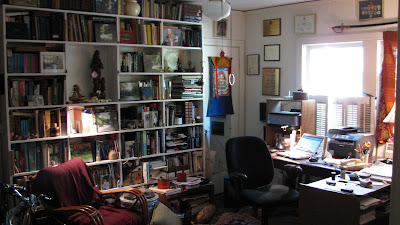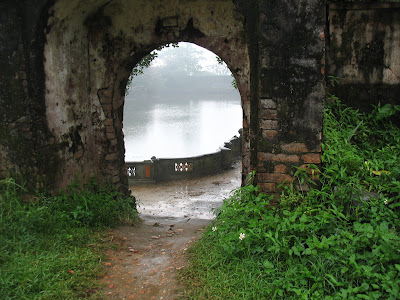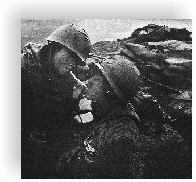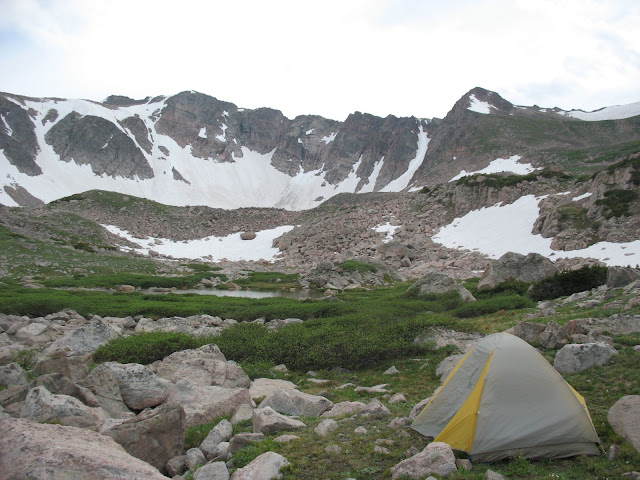I have a lot of books – several thousand, several walls of them. About 35 of these are in a section I told David I’d like for him to keep after I die. Here is what’s there.
The Hill Fights: The First Battle of Khe Sanh (Edward F. Murphy). I was in the Hill Fights (168 KIA, 1000s wounded). Hidden away in all the struggle in the book a guy described something I did, so that was nice to read.
Refugee and Immigrant Health (Charles Kemp and Lance Rasbridge). Lance and I (not to mention Leslie!) spent countless hours in the streets and apartments of Dallas’ refugee neighborhoods. We wanted to tell some of the stories of the remarkable people we worked with in the bad old days.
Dispatches(Michael Herr). This is a real book about combat in the world’s first rock & roll war. Guns up! Balls to the wall mother-fucker.
 Street Without Joy (Bernard Fall). Fall was the preeminent French scholar of the Vietnam War. He also wrote Hell in a Very Small Place, about Dien Bien Phu. I spent a lot of time on and around la Rue Sans Joie, where Fall was killed in 1967.
Street Without Joy (Bernard Fall). Fall was the preeminent French scholar of the Vietnam War. He also wrote Hell in a Very Small Place, about Dien Bien Phu. I spent a lot of time on and around la Rue Sans Joie, where Fall was killed in 1967.
I Remember Nothing More (Adina Blady Szwajger). A book about the Warsaw (ghetto) Children’s Hospital. “…a testament to the workings of humanity in an era of unfathomable evil.”
The Norton Book of Modern War. British ditty from WWI: “The bells of hell go ting-a-ling for thee, but not for me…” I have a lot of books on war. I didn’t set out to do that. I just pulled together the most important books to me and many of them turned out to be on war.
Barrack Room Ballads (Rudyard Kipling). This is the book where (the road to) Mandalay is found. The last time we were in Burma we went to Moulmein, in large part, for me to sit where Supi-yaw-lat (the girl in the poem) sat “…lookin’ eastward to the sea” and when I looked to the west I saw the damp dirty prison where the donkey cart driver who took us up the hill had been tortured. His wife was a doctor, so I gave him several courses of levofloxacin as a gift to her.
We Were Soldiers Once…and Young (Harold Moore and Joseph Galloway). The Battle in Ia Drang Valley (LZ X-Ray). One lesson is never let the enemy cut your column. They tried to do that to us in our first operation at the DMZ, but couldn’t.
Never So Few(Tom Chamales). This is the only book Chamales wrote. It’s about guerrilla warfare in Burma in WWII. I think I first read it in high school – I learned a lot about being the kind of man I am from this book.
Cambodge(J.P. Dannaud). The “essence du Cambodge” in photos and words, from the 1950s. I spent a lot of time looking at the photos in the early 1980s, but the words are in French, so I missed >95% of that part.
The Stones Cry Out: A Cambodian Childhood, 1975-1980 (Molyda Szmusiak). “That night Robana, Ton Ny’s six year old sister, had a dream in which she saw someone very like an angel who carried an armful of five lotus blossoms and spoke to her. ‘Don’t be afraid, my little girl, I’m keeping your mama with me. But you shall go on living’ … the first to die were the two five year old twins, three days apart, lying silently on a bamboo pallet; then two other brothers… then…”
 |
| In Hue, beautiful Hue |
Terminal Illness: A Guide to Nursing Care (Charles Kemp). I worked in hospice 1978-1981 (Director, Clinical Specialist), then taught undergraduate and graduate courses in hospice and palliative care – and most of the time was seeing someone as a volunteer. Several publishers wanted this book; I chose Lippincott because they were Bernard Fall’s publisher.
Amazing Dope Tales (Stephen Gaskin). Stephen was my first teacher. This book isn’t aboutpsychedelics; it is psychedelic.
How Can I Help? Stories and Reflections on Service (Ram Dass and Paul Gorman). The book answers the question of the title, mindfully, humbly.
Monday Night Class (Stephen Gaskin). Excerpts from Stephen’s Monday Night Classes. “It answered all my wishes and all my childhood dreams, and it gave me everything I wanted.”
Night(Elie Wiesel). Nazi concentration camps. “That night the soup tasted of corpses.”
Up Front(Bill Mauldin). Text and amazing illustrations, Willie and Joe, fighting a terrible war, in the mud and rain and drudgery. “You’ll get over it Joe. Oncet I wuz gonna write a book exposin’ the army after the war myself.”
Journal(Charles Kemp). Short, really just a few notes.
Hell in a Very Small Place (Bernard Fall). The Battle of Dien Bien Phu. Horror, gallantry, mistakes, death in 1954.
The Battle of Dien Bien Phu (Jules Roy). Another account of Dien Bien Phu.
For the Sake of All Living Beings (John Del Vecchio). I vow to become enlightened for the sake of all living beings (Buddhist vow). This a novel about Cambodia, the war, the years zero.
To Bear Any Burden (Al Santoli). An oral history (Vietnamese and American) of the Vietnam War and its aftermath.
Everything We Had (Al Santoli). An oral history (American) of the Vietnam War.
Journeys Through Bookland (Charles Sylvester). I inherited several volumes of these well-illustrated old books (excerpts from classics) for boys from my father.
Treasure Island (Robert Louis Stevenson). I read this book many, many times. A great story.
The Adventures of Tom Sawyer (Mark Twain). Another great one.
Huckleberry Finn (Mark Twain). And yet another.
Tuna Fart Funnies (C Kemp). Notes from anatomy and Physiology – courses that were central to me in changing direction in my life.
Time Magazine on September 11, 2001.
Refugee and Immigrant Health (Charles Kemp & Lance Rasbridge). This was the first (shorter and limited) edition of this book.
Holy Bible, RSV. This is the Bible I used writing parts of the terminal illness books and related articles and chapters in other books.
 |
| At Khe Sanh |
I Protest!(David Douglass Duncan). Dark photographs from Khe Sanh, Con Thien – all the bad places I was. Goddam, it was hard fighting in those places.
The Quiet American (Graham Greene). To me, this is a very realistic novel about Vietnam.
Infectious and Tropical Diseases (Tao Sheng Kwan-Gett, Charles Kemp, Carrie Kovarik). Put it in your backpack and head on into the edge.
The Lover(Marguerite Duras). A short, very beautiful book about a woman and a man in Vietnam.
River of Time: A Memoir of Vietnam (Jon Swain). A book about how “whole generations of westerners who went out there as soldiers, doctors, planters, or journalists lost their hearts to these lands of the Mekong … there are places that take over a man’s soul.”
There’s a lot of darkness in that list – and some hope and light hidden away in there. And obviously I read many other things, but those are the books that I thought and still think are most important to me. To everything, turn, turn, turn, there is a season.








